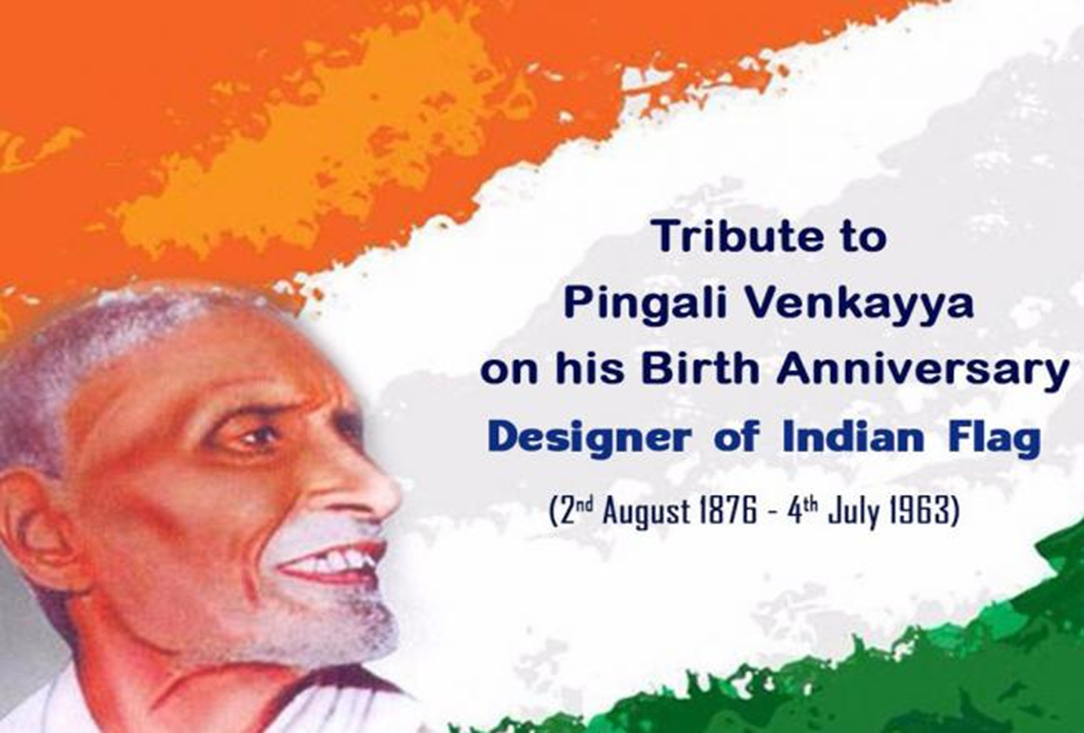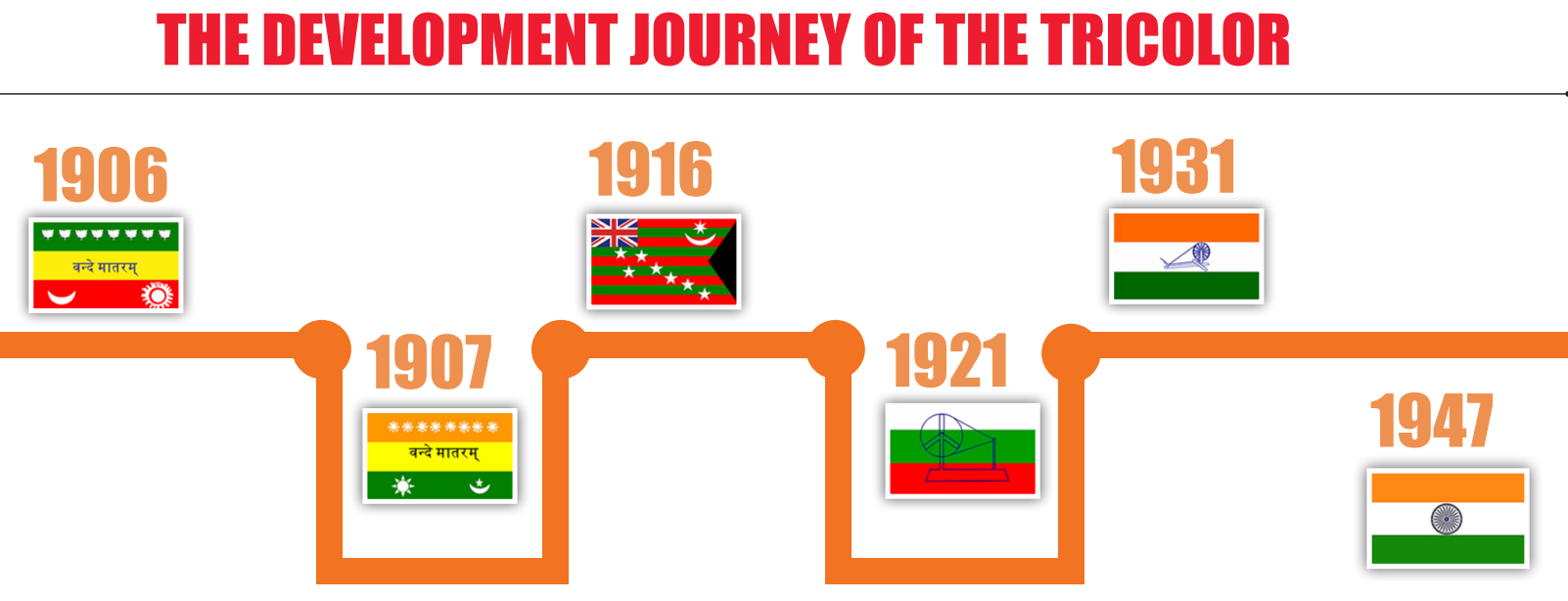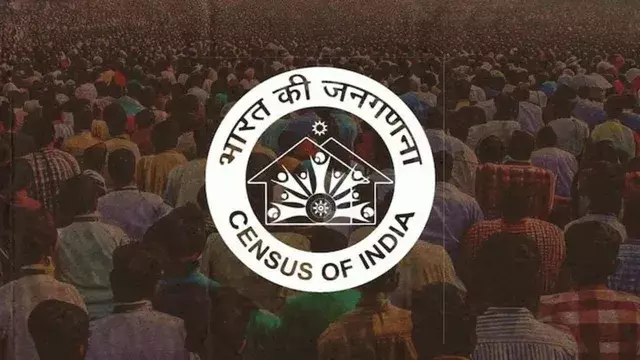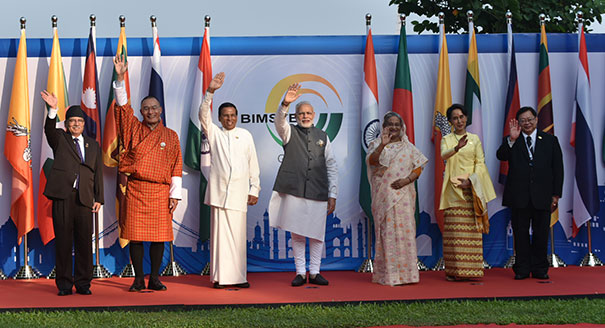- Courses
- GS Full Course 1 Year
- GS Full Course 2 Year
- GS Full Course 3 Year
- GS Full Course Till Selection
- Answer Alpha: Mains 2025 Mentorship
- MEP (Mains Enrichment Programme) Data, Facts
- Essay Target – 150+ Marks
- Online Program
- GS Recorded Course
- Polity
- Geography
- Economy
- Ancient, Medieval and Art & Culture AMAC
- Modern India, Post Independence & World History
- Environment
- Governance
- Science & Technology
- International Relations and Internal Security
- Disaster Management
- Ethics
- NCERT Current Affairs
- Indian Society and Social Issue
- NCERT- Science and Technology
- NCERT - Geography
- NCERT - Ancient History
- NCERT- World History
- NCERT Modern History
- CSAT
- 5 LAYERED ARJUNA Mentorship
- Public Administration Optional
- ABOUT US
- OUR TOPPERS
- TEST SERIES
- FREE STUDY MATERIAL
- VIDEOS
- CONTACT US
Pingali Venkayya, the Man Behind the Tricolour
Pingali Venkayya, the Man Behind the Tricolour
03-08-2024

Tributes and Significance:
- Prime Minister's Tribute: The Prime Minister of India, Shri Narendra Modi, paid tributes to Pingali Venkayya on his birth anniversary. He acknowledged Venkayya's significant role in designing the Indian National Flag, the Tricolour.
- Har Ghar Tiranga Movement: Shri Modi also encouraged citizens to support the Har Ghar Tiranga movement by unfurling the Tricolour between 9th and 15th August and sharing their selfies on the website harghartiranga.com.
Evolution of the Indian National Flag:

- Early Contributions (1916): In 1916, Pingali Venkayya published a booklet titled "A National Flag for India." This booklet featured nearly 30 designs for a potential Indian flag, drawing inspiration from the flags of other nations.
- Approval by Mahatma Gandhi (1921): Venkayya's design for the National Flag was finally approved by Mahatma Gandhi during a Congress meeting in Vijayawada in 1921.
- Initial Design (Swaraj Flag): The initial flag, known as the Swaraj flag, consisted of two bands—red and green—representing the Hindu and Muslim religious communities. The flag also featured a charkha (spinning wheel), symbolizing Swaraj (self-rule).
- Modifications by Mahatma Gandhi: Mahatma Gandhi advised Venkayya to add a white band to the flag to represent peace.
- Flag Committee Changes (1931): The Flag Committee in 1931 made further modifications. They replaced the red band with saffron and arranged the colors in the order of saffron (top), white (middle), and green (bottom). The charkha was placed on the white band in the middle.
- Symbolism of Colors: The colors of the flag were chosen to represent specific qualities rather than communities:
- Saffron: Courage and sacrifice.
- White: Truth and peace.
- Green: Faith and strength.
- Charkha: Welfare of the masses.
- Post-Independence Changes: After India gained independence, a national flag committee under President Rajendra Prasad replaced the charkha with the Ashok Chakra. This change was made to reflect the new republic's commitment to justice and progress.
Pingali Venkayya:
- Military Service: Venkayya fought in the Second Boer War (1899-1902), demonstrating his patriotism and bravery.
- Lecture in Japanese (1913): In 1913, he delivered a lecture in Japanese in Bapatla, Andhra Pradesh. This lecture was titled "Japan Venkayya," highlighting his linguistic skills and interest in international relations.
- Research on Cotton: Venkayya was also known as "Patti Venkayya" for his extensive research into Cambodia Cotton. His work contributed significantly to the field of agriculture.
- Postage Stamp (2009): In recognition of his contributions, a postage stamp was released in his honor in 2009.




